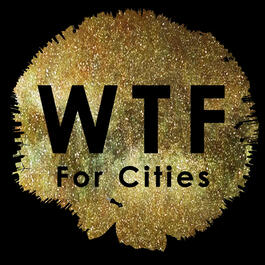
333R_Place and Place-making in cities: A global perspective (research summary)
Are you interested in place and place-making? Summary of the article titled Place and Place-making in cities: A global perspective from 2010, by John Friedmann, published in the Planning Theory and Practice journal. This is a great preparation to our next interview with James Mant in episode 334 talking about placemaking as creating the streetscape from the building to the middle of the road. Since we are investigating the future of cities, I thought it would be interesting to see the place and placemaking through interactions and citizen attachment. This article advocates for a collaborative approach to placemaking, emphasising the importance of local engagement. Find the article through this link. Abstract: Since the 1990s, interest in place (as opposed to space) has surged across a spectrum of social science disciplines including planning. But the empirical focus has been chiefly on cities along the Atlantic Rim even as vast new areas in Asia, Africa, and Latin America were undergoing accelerated urbanization. This essay outlines a planning perspective to global place-making in the face of fierce inter-city competition for footloose capital. The question of how a place can be defined, and what criteria might serve to delineate a place occupies the first part of this essay. The definition proposed encompasses both a physical/built environment at the neighborhood scale and the subjective feelings its inhabitants harbor towards each other as an emplaced community. Specific criteria are discussed, with brief illustrations from Taiwan and China. But the art of place-making has not informed planners of the swaths of the urban in the newly industrializing global regions of Asia and elsewhere. Their principal preoccupation has been with the branding of cities and the advanced infrastructure required by global capital. In the process, millions of ordinary folks have been displaced and their neighborhoods erased, as speed, movement, and power have been valued more than the fragile social infrastructure of place-based communities. The essay concludes with an argument that place-making is everyone's job, local residents as well as official planners, and that old places can be “taken back” neighborhood by neighborhood, through collaborative people-centered planning. Examples from Japan, China, and Canada are used to illustrate these propositions. Connected episodes you might be interested in:No.225R - Positioning place-making as a social process: A systematic literature reviewNo.226 - Interview with Bruce Marshall about placemakingNo.255R - Participation, co-creation, and public space You can find the transcript through this link. What was the most interesting part for you? What questions did arise for you? Let me know on Twitter @WTF4Cities or on the wtf4cities.com website where the shownotes are also available. I hope this was an interesting episode for you and thanks for tuning in.Episode generated with Descript assistance (affiliate link). Music by Lesfm from Pixabay
From "What is The Future for Cities?"


Comments
Add comment Feedback